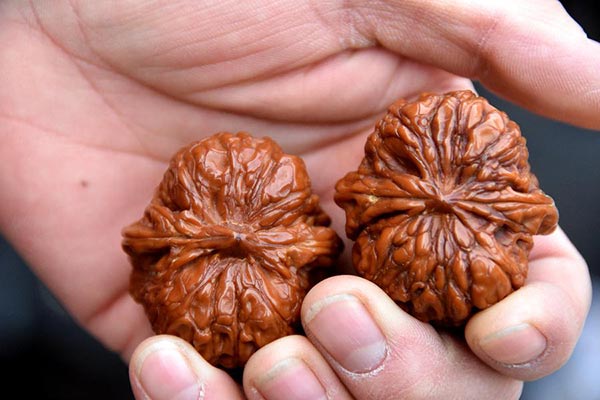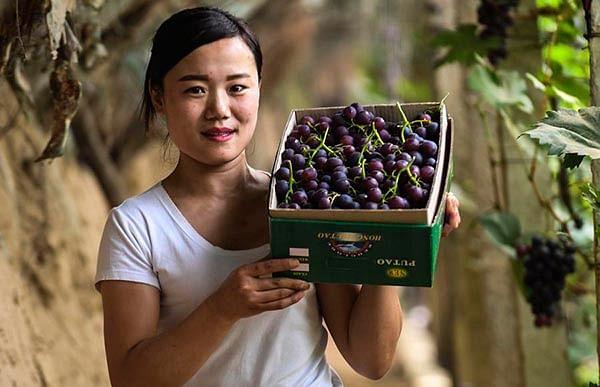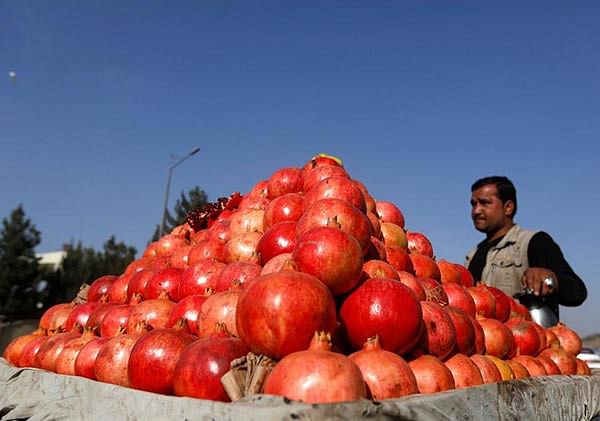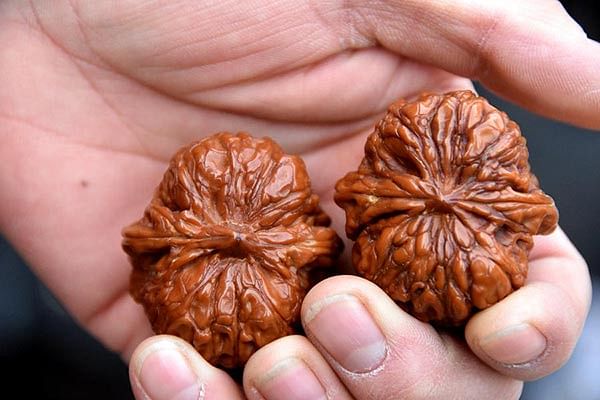20 ingredients that made their way to China along the Silk Road
Sign up now: Weekly recommendations for the best eats in town

From watermelon and walnuts, to spinach and eggplant, here are 20 ingredients that did not originate in China.
PHOTO: CHINA DAILY/ANN/XINHUA
Follow topic:
1. GRAPES
Originating in the Black Sea and the Mediterranean, the grape entered China from Dayuan, during the reign of Emperor Wu of Han Dynasty (206 BC - AD 220). Dayuan was an ancient country in Ferghana valley in central Asia, which was famous for grapes, alfalfa, and ferghana horses.

2. POMEGRANATES

3. WALNUTS

Brought back by Zhang, the walnut is also known as the longevity fruit. It can warm and invigorate the body, and often serves as a key ingredient in Chinese pastries.

